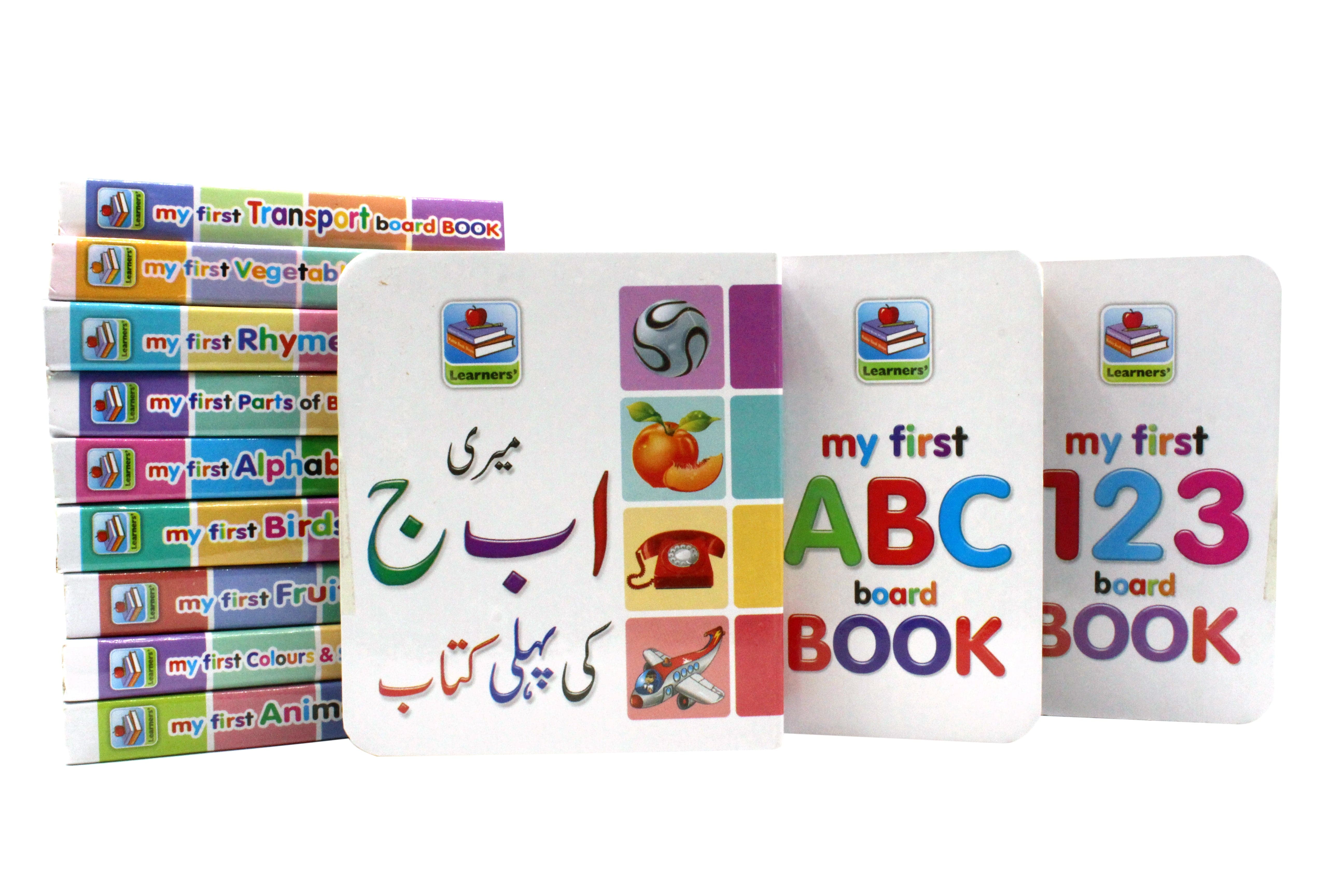Power of Educational Plastic Blocks and Books
Educational Plastic blocks and books are more than just a fun pastime; they are powerful learning tools that aid in a child’s development across multiple domains. By fostering creativity, improving fine motor skills, enhancing spatial awareness, and developing problem-solving abilities, these educational plastic blocks & books provide children with the skills they need to succeed in school and life. Whether at home or in the classroom, plastic blocks are a valuable part of a child's educational journey
Enhancing Fine Motor Skills
 Boosting Creativity and Imagination
Boosting Creativity and Imagination
Educational blocks encourage open-ended play, allowing children to explore their creativity. When kids build something from scratch, whether it’s a house, a car, or an abstract structure, they are using their imagination to create something entirely unique. This type of play fosters creative thinking, helping kids become problem-solvers and innovative thinkers.
Developing Spatial Awareness
Building structures with plastic blocks helps children understand spatial relationships, such as how objects fit together and how they occupy space. This enhances their ability to visualize objects in three dimensions, a skill important in subjects like math, science, engineering, and art. Understanding symmetry, balance, and geometry becomes intuitive through block play.
Improving Problem-Solving and Critical Thinking
When children set out to build something, they often encounter challenges, such as how to keep a structure stable or how to connect pieces in a way that makes sense. They learn to solve problems on their own, experimenting with different approaches until they succeed. This process helps develop critical thinking and decision-making skills.
Encouraging Math and Science Learning
Playing with plastic blocks introduces children to basic mathematical and scientific concepts. They learn about patterns, sizes, counting, and measurements by comparing different shapes and sizes of blocks. In building, they also experience engineering concepts such as balance, stability, and force, gaining an early understanding of physics principles.
Fostering Social Skills and Teamwork
When children build with blocks together, they practice sharing, cooperation, and communication. Working on a joint project, such as building a large structure, teaches teamwork and helps children learn to listen to others’ ideas. It’s an excellent way for kids to develop social skills and build friendships.
Encouraging Persistence and Patience
Building with blocks often requires patience, especially for more complex designs. If a structure falls, children must learn to rebuild it, fostering resilience and persistence. This teaches kids that failure is part of the learning process and helps them develop a growth mindset—an understanding that they can improve their skills through effort.
Promoting Language Development
When children explain their block creations to others, they practice verbal communication and storytelling. This enhances language skills as they learn to describe their actions, explain processes, and articulate their thoughts clearly. Parents and teachers can engage with kids by asking questions about their creations, further encouraging language use.
Building Emotional Development
Playing with blocks allows children to express their emotions. The satisfaction of completing a challenging structure boosts self-esteem and gives them a sense of accomplishment. At the same time, the frustration that may arise when a tower falls helps them learn to cope with disappointment and try again.

